West Michigan and North Carolina Aren’t the Only Hubs for Furniture Design and Manufacturing in the U.S.
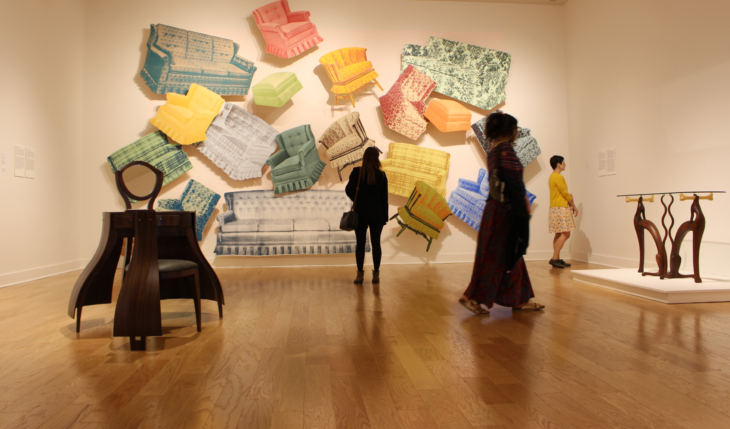
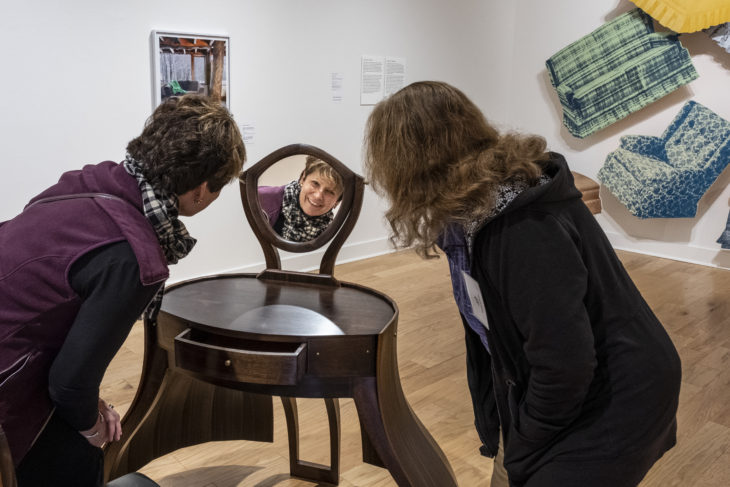
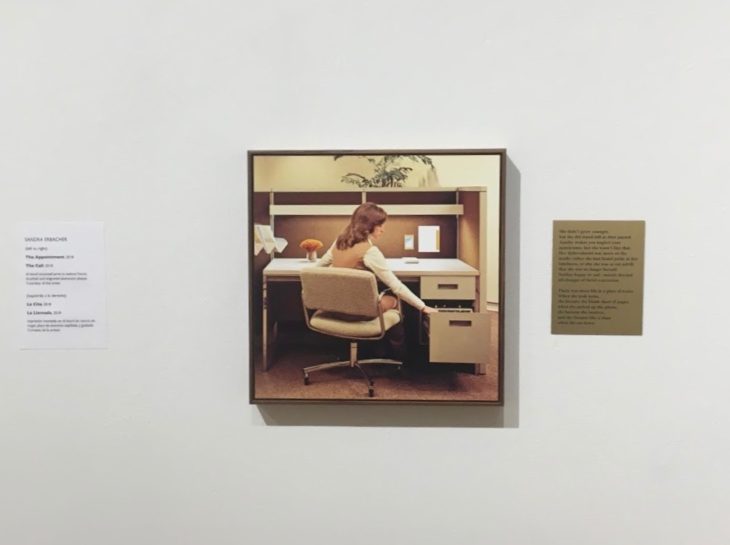
Massachusetts-based AIS sponsors museum exhibit on New England’s prolific furniture legacy
When people think “furniture” and especially “office furniture,” the geographic region that most readily comes to mind is West Michigan where much of the contract furniture industry is headquartered. High Point, North Carolina, of course, is known as the capital for residential furniture.
But what a lot of people today may not realize is that New England was a hub for all kinds of furniture manufacturing – and it still is.
For example, Gardner, Massachusetts, earned the moniker “Chair City” for its long history of furniture production. In the early 20th century, at least 20 factories in the town produced millions of chairs annually.
In nearby Leominster, AIS – a leading manufacturer of commercial office furniture and seating – has seen significant growth in recent years as a major player in the current North American contract furniture market.
New England as a whole is making a name as a hub for the booming studio furniture movement.
The Fitchburg Art Museum in Fitchburg, Massachusetts, is celebrating New England’s past, present and future in furniture with an exhibition running through Jan. 13, 2019, called Interior Effects: Furniture in Contemporary Art. AIS is a supporting sponsor of the exhibition.
The exhibition explores the unique capacity of interior furnishings to embody cultural traditions and to shape the spaces within which we live and work. From office and studio furniture to artworks ranging from sculpture to video, Interior Effects centers on furniture and its design as psychologically charged metaphors. The exhibition combines the work of 10 New England artists who collectively explore themes including tradition, community, gender and the emotional impact of design.
Please see the press release from the museum below. More details can be found at http://www.fitchburgartmuseum.org/interior-effects/.
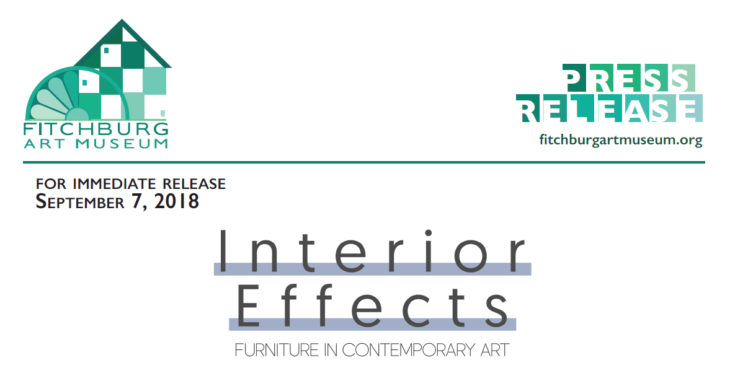
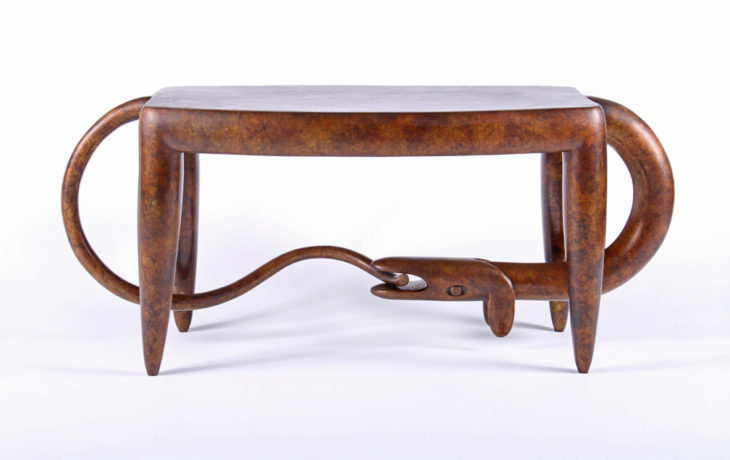
Interior Effects: Furniture in Contemporary Art
September 23, 2018 – January 13, 2019
Interior Effects: Furniture in Contemporary Art pays tribute to New England’s history of furniture manufacturing through an exploration of the unique capacity of interior furnishings to embody cultural traditions and to shape the spaces within which we live and work. From studio furniture to artworks ranging from sculpture to video, Interior Effects centers on furniture and its design as psychologically charged metaphors.
The exhibition combines the work of 10 New England artists who collectively explore themes including tradition, community, gender, and the emotional impact of design. Tracie Pouliot’s oral histories and Liz Shepherd’s new installation directly link to two furniture companies that were based in Gardner, Massachusetts—The Chair City. Pouliot’s books record the stories of former Nichols & Stone employees, while Shepherd’s installation uses mid-century designs produced by Heywood-Wakefield to examine these objects as iconic, regional, and gendered. The furniture of Judy Kensley McKie, Yuri Kobayashi, and Leah K. Woods exemplify the booming studio furniture movement in New England, which has applied extremely high technical and aesthetic standards to the creation of one-of-a-kind furnishings. The designs of these three female furniture makers each distinctly play with traditions and the symbolic potential of form.
In other works, furniture is used to explore institutional ethos or personal character. Celeste Roberge’s Miniature Stacks are mini-chair monuments to artists such as Joseph Beuys and Meret Oppenheim. Katarina Burin pays homage to Fran Hosken—one of the first women to graduate from Harvard’s Graduate School of Design—and her furniture designs.
The color saturated scenes in Sarah Malakoff’s photographs of interior spaces make the viewer aware of furniture as far more than a benign, functional object in a domestic setting. Sandra Erbacher’s pairings of office furniture examine the way design reflects a corporate philosophy. And Samantha Fields’s cast porcelain chair legs animate stitched sculptures that humorously invite feminist consideration of class, the female body, and domesticity.
Interior Effects is the second in a series of FAM exhibitions that link contemporary art practice to our region’s industrial heritage. In 2016, FAM presented Plastic Imagination, and in 2020, will organize a show on the theme of paper.
This exhibition will be organized by Curator Lisa Crossman and Terrana Curatorial Fellow Candice Bancheri. It will be accompanied by a Learning Lounge that will provide historical examples of furniture produced in Gardner thanks to the Gardner Museum.
Opening Reception
Sunday, September 23, 2–4pm
Lost Manufacturing, Found Art
Saturday, November 3, 1:30–2:45 pm
A panel discussion on the effects of deindustrialization, as it relates to the region’s rich history of furniture making. Panelists include UMass Lowell Professor Robert Forrant, artist Tracie Pouliot, and former Nichols & Stone employees, followed by a talk by artist Liz Shepherd.
Behind the Scenes: A Closing Tour with Terrana Curatorial Fellow, Candice Bancheri
Sunday, January 13, 2pm
All events are free with museum admission.
About FAM
The Fitchburg Art Museum serves the cities of Fitchburg and Leominster and the surrounding communities in North Central Massachusetts and Southern New Hampshire. FAM was founded in 1925, and its five-building complex, with over 20,000 square feet of exhibition space, features exhibitions from its art historical collections as well as special exhibitions focused on New England contemporary art. FAM plays a vital role in the cultural life of the region and the Museum maintains active educational partnerships with the local school systems, as well as Fitchburg State University. FAM is an engine for creativity, education, community building and fun!





